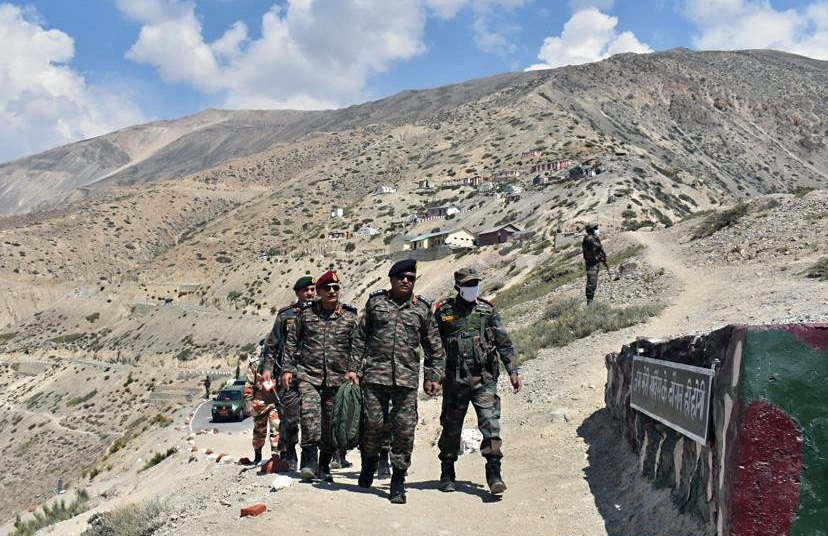The Chinese mobile phones available in the commercial market in the country include Vivo, Oppo, Xiaomi, One Plus, Honor, Real Me, ZTE, Gionee, ASUS and Infinix…reports Asian Lite News
Amid the ongoing military standoff with China on the Line of Actual Control, defence intelligence agencies have issued a strong advisory to formations to ensure that the troops are not using Chinese mobile phones.
“Formations and units are to sensitise their personnel through various forms and channels to exercise caution with such (Chinese) mobile phone devices,” the advisory issued by the defence intelligence agencies said. In the advisory accessed by ANI, the military spy agencies asked the formations to “discourage troops and their families from purchasing or using phones from countries hostile to India.”
The forces issued the advisory as there have been cases where malware and spyware have allegedly been found in Chinese-origin mobile phones by agencies, the sources said.
The spy agencies have asked the units and formations to “carry out the transition to other phones against the phones” mentioned in the list attached with the advisory.
The Chinese mobile phones available in the commercial market in the country include Vivo, Oppo, Xiaomi, One Plus, Honor, Real Me, ZTE, Gionee, ASUS and Infinix.
The spy agencies have been very active against Chinese mobile phone applications also in the past as multiple such applications were deleted from military personnel’s phones.
The defence forces have also stopped using Chinese mobile phones and applications on their devices.
India and China have been engaged in a military standoff since March April 2020 and have deployed heavily against each other on the LAC in Eastern Ladakh to Arunachal Pradesh.
Meanwhile, Indian Army formations deployed near the Galwan Valley, along the LAC in Ladakh, have undertaken a range of activities such as surveying border areas to stop a “possible” Chinese aggression, an officer of the Indian Army said.
ANI accessed a video showing Indian army soldiers posted near the Galwan valley, patrolling forward areas along the LAC on horses and ponies. The army also released pictures of the jawans also playing cricket in extreme cold at high-altitude locations in Galwan.
In recent months, the jawans also undertook a half marathon over the frozen Pangong lake in eastern Ladakh, the officer said.
On February 26, External Affairs Minister S Jaishankar said relations with China will not be normal until concerns arising out of the face-off that took place at the beginning of the Covid lockdown is resolved.
The Indian and Chinese troops clashed at Galwan in 2020, the same year the pandemic started.
In September 2022, the Indian troops and their counterparts in the Chinese People’s Liberation Army (PLA) completed the disengagement process in the Gogra Heights-Hot Springs area near Patrolling Point-15 in the eastern Ladakh sector, government sources had said.
Since May 2020, when the Chinese troops tried to aggressively change the status quo on LAC in eastern Ladakh, both sides have been deployed in forward positions near Patrolling Point 15, which emerged as a friction point in the wake of the Galwan clash.
Delhi and Beijing reached an agreement in February 2021 to disengage from the 135-km Pangong Lake, creating buffer zones until all outstanding border issues are resolved, Sputnik, a Russian-based media agency reported earlier.
Over 50,000 Indian soldiers had been stationed since 2020 at forward posts along the LAC, with advanced weapons to prevent any attempts to change the status quo unilaterally on the LAC. (ANI)

